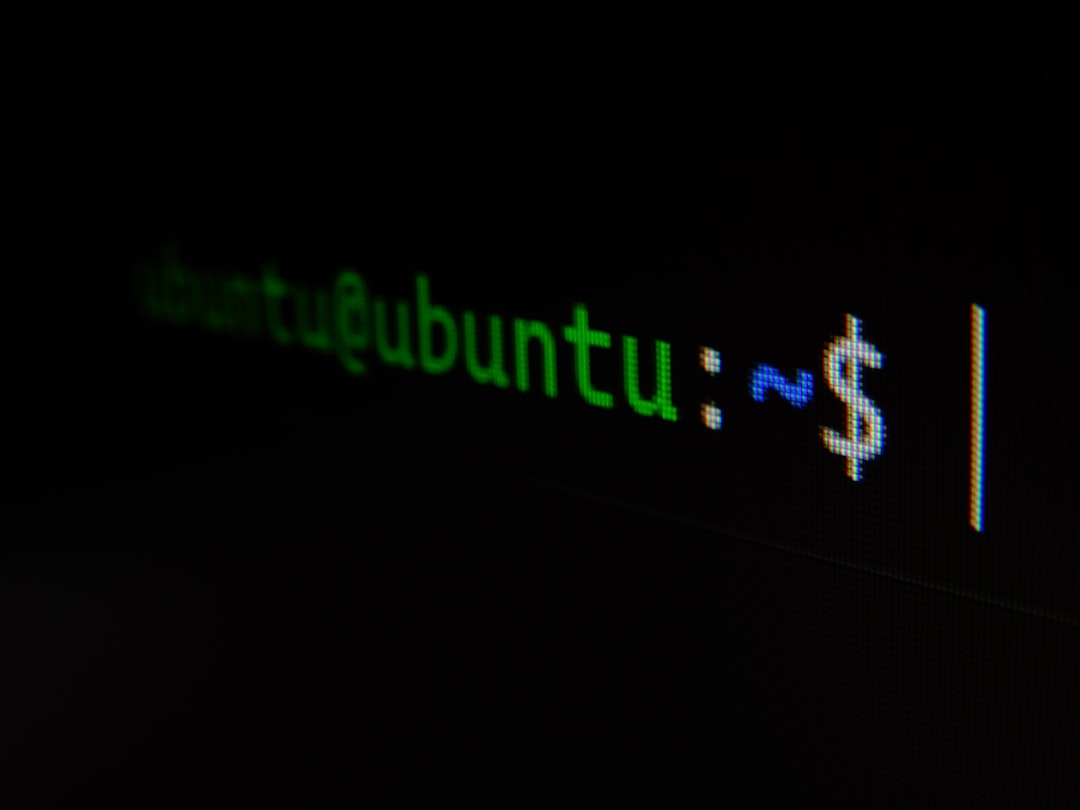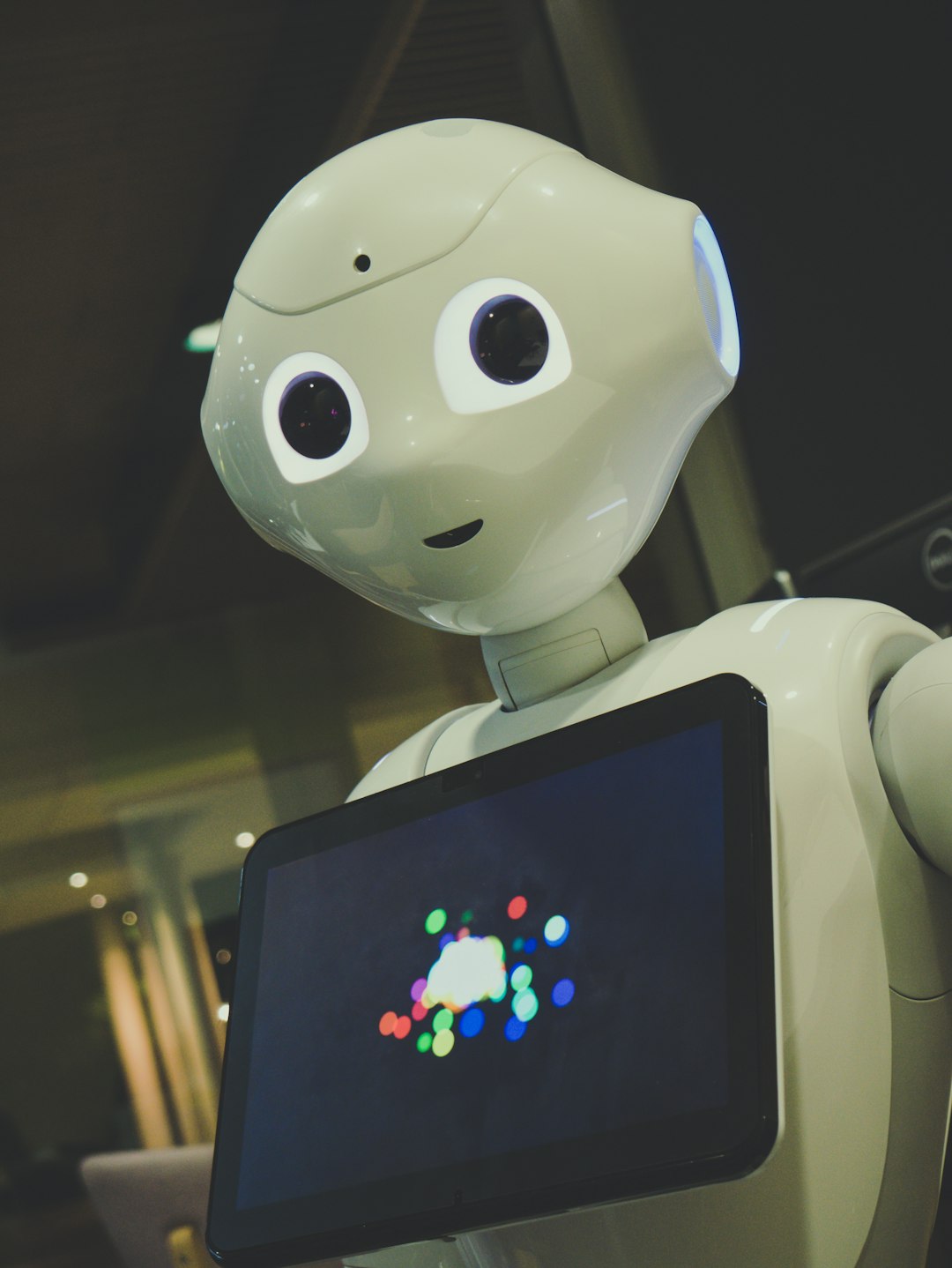Software. It’s an integral part of our lives, powering our smartphones, computers, and even our cars. But have you ever wondered how it all began? How did we go from punch cards to sophisticated algorithms and artificial intelligence? In this blog post, we will take a journey through the evolution of software, exploring its history, advancements, and future possibilities.
The birth of software can be traced back to the 19th century when Ada Lovelace, often regarded as the first computer programmer, wrote the world’s first algorithm designed to be processed by a machine. However, it wasn’t until the mid-20th century that software development truly took off. This period saw the introduction of punch cards, a revolutionary technology that allowed programmers to input instructions into computers using perforated cards.
Punch cards were widely used during the early days of computing, especially in mainframe computers. Programmers would create stacks of cards, each containing a single line of code, which were then fed into the computer. While this method was laborious and prone to errors, it laid the foundation for the future of software development.
Fast forward to the 1970s, and we witnessed the birth of the operating system era. With the introduction of systems like Unix and DOS, software development became more accessible and standardized. Programmers could now use high-level languages like C and Pascal to write code, making the process more efficient and user-friendly.
The next significant milestone in software development came with the rise of personal computers in the 1980s. Companies like Microsoft and Apple brought computing power to the masses, and software became an essential tool for personal productivity and entertainment. This era saw the advent of graphical user interfaces (GUIs), making computers more intuitive and accessible to non-technical users.
The internet revolutionized software development in the 1990s and beyond. With the emergence of the World Wide Web, software could now be accessed and delivered over the internet, leading to the rise of web-based applications. This shift enabled collaboration, remote work, and the sharing of information on an unprecedented scale.
Today, we find ourselves in the midst of another exciting era in software development: artificial intelligence (AI). AI algorithms, such as machine learning and deep learning, are powering groundbreaking applications in various fields, including healthcare, finance, and self-driving cars. These intelligent systems can process vast amounts of data and learn from patterns to make predictions and decisions.
The future of software development holds tremendous potential. As technology continues to evolve, we can expect software to become even more intelligent, adaptive, and autonomous. The rise of quantum computing may unlock new possibilities for solving complex problems, while advancements in virtual and augmented reality will transform the user experience.
In conclusion, software has come a long way since the days of punch cards. From its humble beginnings, it has evolved into a powerful tool that shapes our world and drives innovation. As we look ahead to the future, it’s exciting to think about the possibilities that lie ahead. Who knows what incredible advancements await us in the next chapter of software development?






